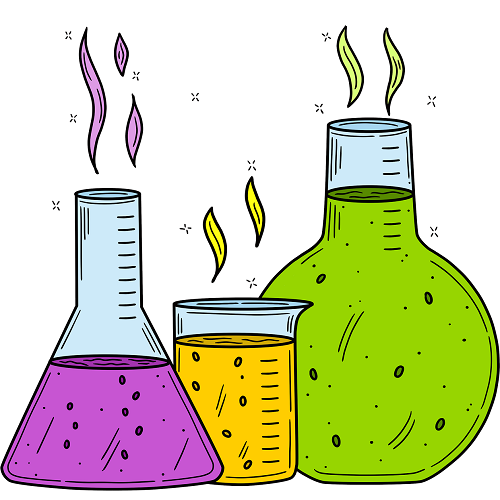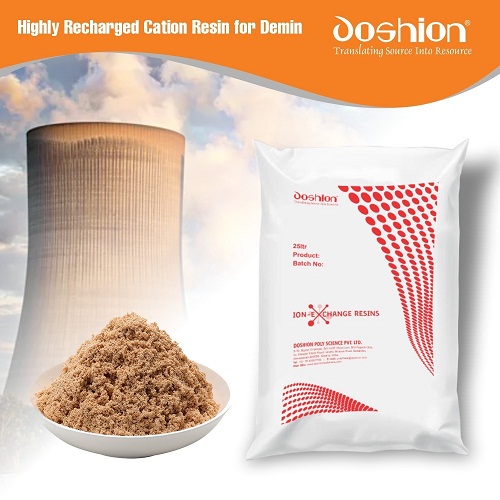
our category
CHEMICAL
Chemicals: Overview, Types, Applications, and Safety
Chemicals play an essential role in our daily lives, impacting industries, the environment, medicine, agriculture, and technology. From household cleaning products to industrial raw materials, chemicals are central to numerous products and processes. This article provides an overview of chemicals, detailing their types, common applications, and the importance of safety when handling them.
Enquire Now
What are Chemicals?
A chemical is a substance made up of atoms, molecules, or ions that have a defined structure and properties. Chemicals are used in countless processes, both natural and synthetic, and are involved in reactions that form new compounds. They can be elements (like oxygen or carbon) or compounds (like water, Hâ‚‚O, or table salt, NaCl).
Chemicals exist in various forms, including solids, liquids, gases, and aerosols. They can be either organic (containing carbon) or inorganic (not containing carbon).
Types of Chemicals
-
Organic Chemicals:
- Description: Organic chemicals contain carbon atoms and often include hydrogen, oxygen, nitrogen, and other elements. These chemicals are primarily derived from living organisms but can also be synthetically produced.
- Examples:
- Hydrocarbons (e.g., methane, propane)
- Alcohols (e.g., ethanol)
- Acids (e.g., acetic acid)
- Pharmaceuticals (e.g., aspirin)
-
Inorganic Chemicals:
- Description: Inorganic chemicals do not contain carbon atoms (with a few exceptions, such as carbonates). These chemicals are often derived from minerals or the earth's crust.
- Examples:
- Acids (e.g., sulfuric acid, hydrochloric acid)
- Bases (e.g., sodium hydroxide)
- Salts (e.g., sodium chloride)
- Metals (e.g., iron, copper)
-
Industrial Chemicals:
- Description: These chemicals are used in large-scale manufacturing and industrial processes. They are critical for producing various products, including plastics, fertilizers, detergents, and chemicals.
- Examples:
- Sulfuric acid (used in the production of fertilizers)
- Ammonia (used in the production of nitrogen fertilizers)
- Ethylene (used in plastic manufacturing)
-
Pharmaceutical Chemicals:
- Description: These are chemicals specifically developed for use in medicine. They are designed to prevent, treat, or manage diseases and medical conditions.
- Examples:
- Antibiotics (e.g., penicillin)
- Pain relievers (e.g., acetaminophen)
- Vaccines and treatments for chronic diseases
-
Agricultural Chemicals:
- Description: Chemicals used in farming and agriculture to enhance crop yields, control pests, and improve soil quality.
- Examples:
- Pesticides (e.g., insecticides)
- Herbicides (e.g., glyphosate)
- Fertilizers (e.g., ammonium nitrate)
-
Household Chemicals:
- Description: These chemicals are commonly found in home cleaning, personal care, and food products. They are usually in liquid or powder form and are designed for household use.
- Examples:
- Cleaning agents (e.g., bleach, dish soap)
- Cosmetics (e.g., shampoo, lotions)
- Food additives (e.g., preservatives, flavor enhancers)
-
Toxic Chemicals:
- Description: Toxic chemicals are hazardous to human health or the environment when exposed to or ingested. These substances are highly regulated to avoid harm.
- Examples:
- Pesticides (e.g., DDT, organophosphates)
- Heavy metals (e.g., mercury, lead)
- Industrial by-products (e.g., asbestos)
Applications of Chemicals
Chemicals are used in a wide range of industries and sectors, each serving specific functions:
-
Pharmaceutical and Healthcare:
- Chemicals are used in the development of drugs and medical treatments, ranging from over-the-counter pain relievers to complex cancer therapies.
- Medical diagnostics, vaccines, and sanitizing agents also rely on chemicals.
-
Agriculture:
- Fertilizers and pesticides are essential to modern farming, improving crop production and controlling diseases, pests, and weeds.
- Soil conditioners and growth regulators are also used to enhance the efficiency of agricultural practices.
-
Manufacturing and Industry:
- Chemicals are fundamental to manufacturing goods, including plastics, chemicals, electronics, textiles, and automobiles.
- Adhesives, coatings, lubricants, and solvents are vital in various industrial processes.
-
Food and Beverage:
- Chemicals are used in the production and preservation of food products, such as preservatives, flavoring agents, and artificial colorants.
- Food additives ensure the safety, taste, and appearance of food products.
-
Environmental Protection:
- Chemicals play a significant role in waste management and pollution control. For example, water treatment chemicals are used to purify drinking water and treat wastewater.
- Air filtration systems often rely on chemicals to remove harmful pollutants.
-
Energy:
- Chemicals are essential in the production and storage of energy, including the extraction and refining of fossil fuels and the creation of renewable energy sources (e.g., solar cells, hydrogen fuel cells).
- Battery technologies, including lithium-ion batteries, depend heavily on chemical reactions.
-
Personal Care and Cosmetics:
- Chemicals are used in products like soap, shampoo, lotions, and makeup to enhance appearance, hygiene, and personal care.
- Fragrances, emulsifiers, and preservatives are all chemicals in cosmetic products.
Safety and Handling of Chemicals
While chemicals offer numerous benefits, they can also pose risks if not handled or stored correctly. It is essential to follow safety guidelines to prevent accidents and exposure to harmful substances.
-
Personal Protective Equipment (PPE):
- Always wear appropriate PPE, such as gloves, goggles, and lab coats, when working with chemicals. For highly hazardous chemicals, additional safety gear like face shields, respirators, and chemical-resistant clothing may be necessary.
-
Proper Storage:
- Store chemicals according to their compatibility and hazard classification. Flammable chemicals should be stored away from heat sources, and corrosive chemicals should be stored in resistant containers.
- Keep chemicals in a well-ventilated area to prevent the buildup of toxic fumes.
-
Handling and Usage:
- Always read and understand the safety data sheets (SDS) of chemicals you are working with. These documents provide vital information on hazards, first aid measures, and proper disposal methods.
- When handling chemicals, avoid direct contact, inhalation, and ingestion. Always use chemicals in well-ventilated areas and with proper equipment.
-
Waste Disposal:
- Dispose of chemicals according to local regulations. Many chemicals require special disposal methods, including hazardous waste collection services for toxic or reactive substances.
- Never pour chemicals down drains or into the environment, as this can lead to contamination.
-
First Aid Measures:
- In case of exposure to chemicals, it’s important to act quickly. Depending on the type of chemical exposure (skin contact, inhalation, or ingestion), you may need to rinse the affected area, seek fresh air, or seek immediate medical help.
- Keep emergency contact numbers and the SDS for chemicals on hand.
Environmental Impact of Chemicals
Chemicals, if not properly managed, can have detrimental effects on the environment. This includes:
- Water Pollution: Chemicals that are not disposed of properly can enter waterways and harm aquatic life. This includes runoff from agricultural pesticides or industrial discharge.
- Air Pollution: Volatile chemicals, such as solvents or gases, can contribute to air pollution and pose risks to both the environment and human health.
- Soil Contamination: Hazardous chemicals can contaminate the soil, affecting plant life and the food chain.
As a result, many industries are moving toward greener, more sustainable chemical alternatives and using eco-friendly chemicals in manufacturing, waste management, and consumer products.
Conclusion
Chemicals are integral to modern society, influencing industries, agriculture, healthcare, and more. Their versatility and wide range of applications make them indispensable for progress. However, with their power comes responsibility. Proper handling, storage, and disposal of chemicals are critical to minimize environmental and health risks. By ensuring safe practices, we can continue to benefit from chemicals while reducing potential harm to people and the planet.

